
- sophiaguo@sbmsolartech.com
- Home
- product
- Solar Lights
- Other Solar Products
- Street Light Pole
- Application
- Project
- About Us
- Blog
- Contact
Post time: 2022-09-23 14:26:44
Solar street lights have seen an increase in popularity in the past few years. The rising cost of electricity together with the growing awareness to reduce our carbon footprint has seen a shift to this trend. National and local government entities have been shifting to solar LED street lights to brighten up public roads, highway, streets, parks and other public areas.
Here are some myths on solar street lights. We hope these tips help you avoid the cheap solar street light trap and guide you to the successful implementation of LED solar street lighting.
Most people believe wattage is the reference to the brightness of a light. People tend to believe that a 50W bulb provides us with 50W of light. As lighting technology evolves, we should pay attention to lumens. Lumen is the measurement of the amount of brightness a light/ lamp provides.
Most people usually just check the ampere-hour (Ah) of the battery. One should consider Watt Hour. Watt Hour is a unit of measurement of power over a period of time. In this case, it is our way of measuring capacity. Watt Hour is derived from ampere-hour multiplied by voltage (Wh = Ah x V).
A 12V 20Ah battery would have 4 times more capacity than a 3.2V 20Ah battery. To put this in context, only 12V and 24V battery systems can drive solar lamp output of 40W-120W. It would be impossible for lower voltage to provide 3-5 day power capacity backup during rainy and cloudy days.
Monocrystalline and polycrystalline panels are two general types of solar panels used in solar street lights. Monocrystalline panels have much higher efficiency compared to polycrystalline solar panels. With the same panel dimensions, the more efficient monocrystalline panels would generate more power than polycrystalline panels.
For this reason, we recommend the use of monocrystalline panels. To achieve the same power, a 20% reduction of the size of the monocrystalline panel can be installed. Its more compact size and lighter weight would provide better wind resistance and make installations easier and safer
This is half true. We have heard numerous stories of painful experiences by numerous customers who purchased cheap solar street lights in the Philippines. There is a saying that goes “Cheap is not Good and Good is not Cheap”.
Solar panels can last for 25 years while a Class A LifeP04 battery can last for 8-10 years. Choose your quality product components properly, size the products with the right technical specifications for your project and purchase the best solar street lights from a reputable supplier.
Wrong! In many cases, solar lighting is a cost-efficient alternative to traditional solutions. First of all, the initial investment in solar street slights is now much more affordable thanks to the decrease in manufacturing costs of solar energy components and equipment over the last twenty years.
And solar technology remains cost-effective over the product’s entire lifespan: from a cost-efficient installation that requires no heavy work to the absence of electricity bills and the limited operational and maintenance costs. Beyond the financial case for solar lighting solutions, switching to solar is a way to tackle today's energy challenges, with benefits for the environment and society.
Wrong! Contrary to popular belief, the use of solar lighting is not limited to specific geographic locations or climates. Solar lighting solutions come in a variety of ranges designed to cover the specific needs of any region, regardless of its level of solar irradiance or climatic conditions.
The key features of a resilient and high-performance product include: a battery capable of withstanding a wide range of temperatures, an efficient cooling system to prevent the battery and electronic components from overheating, and photovoltaic panels with self-cleaning hydrophobic coating.
In addition to offering equipment that is resistant to extreme temperatures, dust or corrosion, solar lighting providers need to ensure they can deliver uninterrupted lighting service all year round. Polybrite patented technology ensures optimal energy management, meaning street lights provide reliable lighting 365 nights a year throughout the world, in temperatures ranging from -40°C to 70°C.
Wrong! Within a solar street light installed base, each unit operates individually, meaning that should an outage or a failure occur, it would only affect a specific unit as opposed to the entire base. This is a clear advantage compared to a traditional installation where all units are interconnected and where a power outage can leave an entire neighbourhood in the dark.
Wrong! Far from contributing to visual pollution, modern solar street lights offer a sleek design that can blend seamlessly into any environment. Thanks to their compact all-in-one design, Polybrite solar street lights don’t add to visual clutter, guaranteeing the harmonious integration of our products at their installation site.
This is achieved through the optimal dimensioning of the solar panels used in our products. Polybrite solar street lights aesthetics and uncluttered design is perfectly suited to any area or location, including places that boast an elegant and refined architecture and protected cultural sites.
Why Solar LED Street Light is Economical and environmentally friendly? Are all in one solar street lights a good option for you?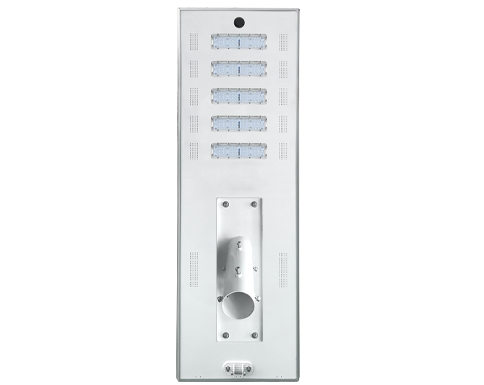
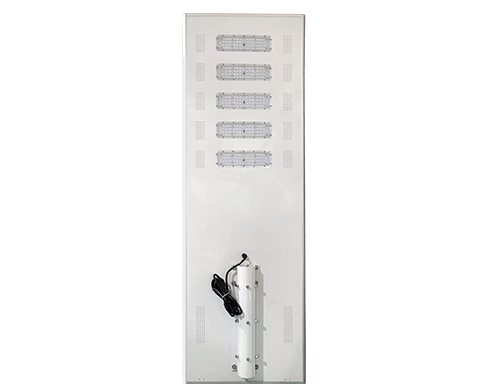
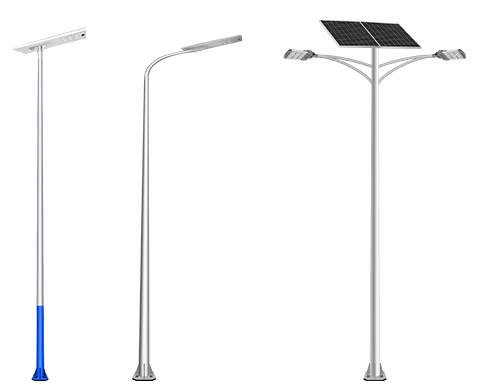
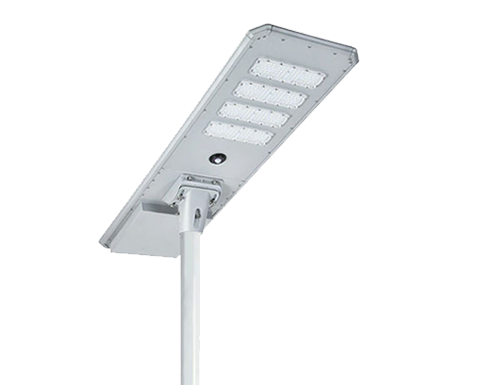
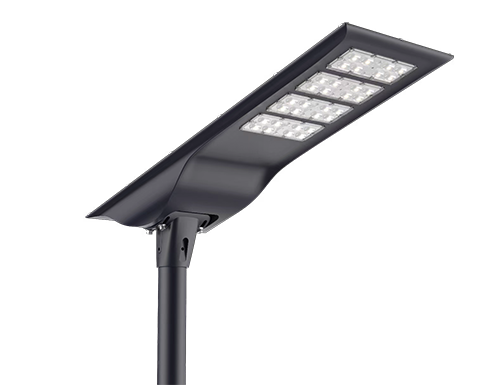
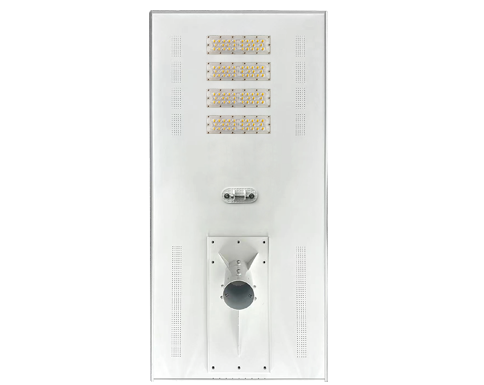
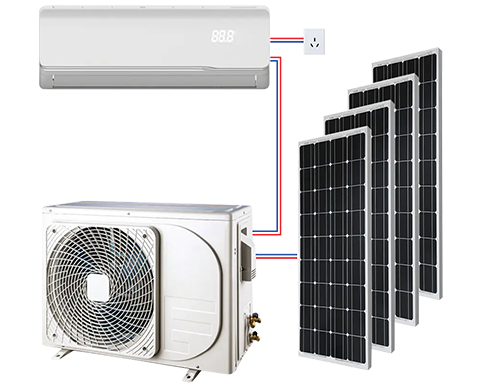
Please fill out the form below to start chatting with the next available agent.
Start Chat